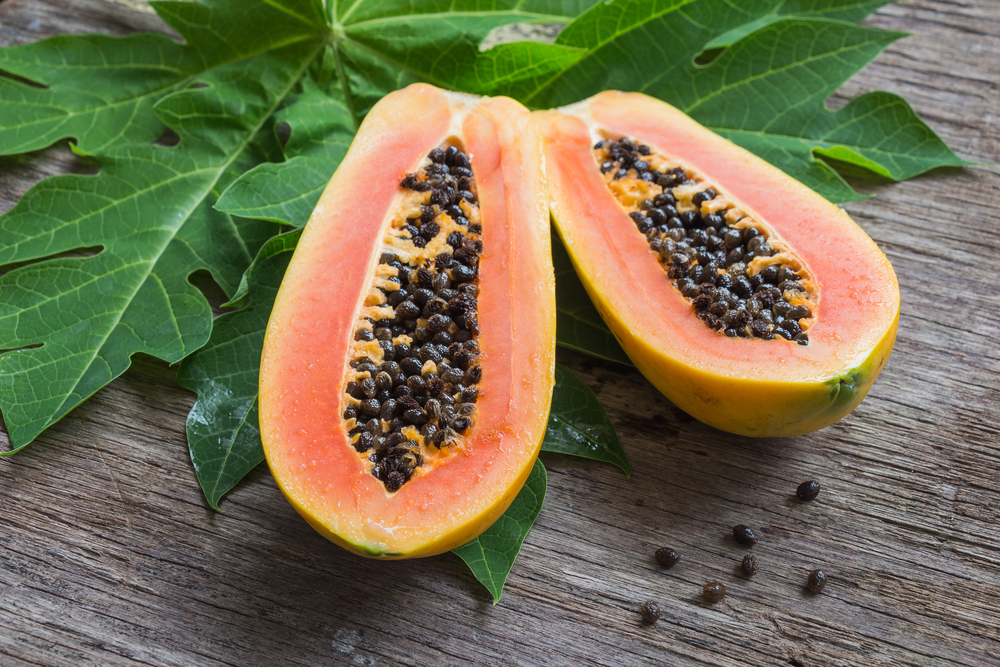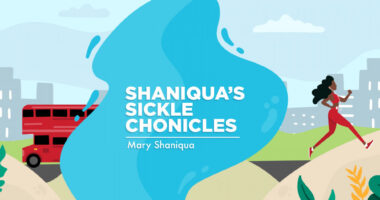Plant Extracts Show Promise for Managing Sickle Cell Disease Symptoms, Study Says

Molecules present in the extract of papaya, pigeon peas and artar roots could help manage symptoms of sickle cell disease (SCD), according to a new study.
“Potential Of Three Ethnomedicinal Plants As Antisickling Agents” was published in the journal Molecular Pharmaceutics.
Current SCD treatments include drugs that can be insufficiently effective, toxic, or too expensive. One such drug, hydroxyurea — which was approved in 1998 by the U.S. Food and Drug Administration for the treatment of patients with frequent painful crises and in 2007 by the European Medicines Agency — induces moderately toxic effects when administered for a long time.
Studies have suggested that one possible way to provide inexpensive, effective and readily available drugs is to investigate the therapeutic potential of indigenous plants, because they could contain molecules with beneficial properties.
In the latest study, researchers analyzed the therapeutic potential of extracts from the leaves and seeds of Cajanus cajan (pigeon pea), leaves of Zanthoxylum zanthoxyloides (artar root) and leaves of Carica papaya (papaya) by extracting molecules in the structures and applying them to blood samples from SCD patients.
The percentage of sickled cells before the laboratory experiments was 91.6%, but that decreased with treatment with hydroxyurea (29.3%), C. cajan seed (41.7%), C. cajan leaf (32.8%), Z. zanthoxyloides leaf (38.2%), and C. papaya leaf (47.6%).
Researchers also found that red blood cells were more resistant to damage in the presence of all the agents. The improvement was higher in the presence of hydroxyurea, but the values obtained from the presence of the plant extracts revealed considerable efficacy in reducing red blood cells’ fragility.
Chemical analyses indicated that the plant extracts had important phytochemicals (plant molecules), including tannins, saponins, alkaloids, flavonoids, and glycosides, that could exert the beneficial effects seen in other experiments.
The results suggest that the different plant extracts might be able to reverse the sickling and fragility of red blood cells in SCD patients.
“The medicinal plant extracts were able to reduce the percentage of sickled cells … and the … fragility of human sickled([red blood cells)”, the researchers said. “Further data analyses suggest that the ability of these natural plant extracts to exhibit these properties is probably due to the presence of the identified bioactive compounds. Thus, C. cajan leaf, C. cajan seed, Z. zanthoxyloides leaf, and C. papaya leaf extracts may be used as alternative agents to hydroxyurea or a precursor in ameliorating the sickling (of red blood cells).”






